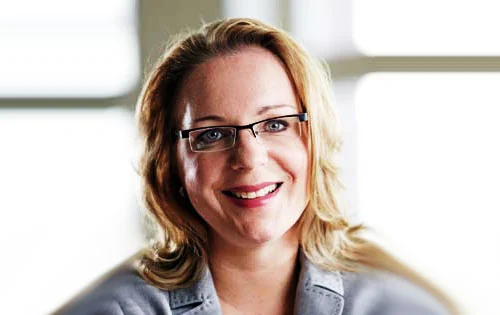The future of energy. By Energy Economist Prof. Dr. Claudia Kemfert
What will the future of energy be like? Will we be living like our ancestors in the light of candles and travelling on horse drawn wagons, with no electricity or hot running water? Hardly that. As bleak as the predictions of some futurists and visionaries may be, the future will not be seeing us zooming about space on the USS Enterprise, nor cultivated in a Matrix by intelligent machines. No doubt, the progress of technology has brought about a great deal of change over the lasthundred years, but the future of the earth will be far less spectacular than that envisioned insome science fiction scenarios.
Just like 150 years ago, when society heralded in the industrial age after the invention of the steam engine, we too now find ourselves at a similar turning point. Climate change continues its inexorable march in tune to the growing proportionof fossil energy sources used in the generation of power. And these fossil resources, above all oil, are becoming scarcer and more expensive. There will still be adequate quantities of coal, but firing this gives rise to greenhouse gases that damage the climate. We therefore need a safe and affordable supply of energy that protects the climate, we need innovative drive materials and technologies, and we need sustainable mobility concepts. Germany can investigate these technologies and offer them to the world. The prices for fossil energies will rocket in the next few years. And inevitably, renewable energies will soon be the more economical alternative. Many make the mistake of seeing the promotion of renewable energies solely as climate protection measures. Yet gaining these local energy sources strengthens Germany’s independence of imports from politically unstable countries, raising availability, and in addition boosts its economy and competitive strength.
Whoever claims that the average duration of sunshine in Germany is too low to justify funding for solar energy ignores the fact that renewable energy has evolved into an absolute export leader throughout the world – also as a result of the great many example applications at home. Just the last ten years have seen wind energy costs drop by half and those for photovoltaics by a third. The costs of renewable energies will continue their downward trend following series production and optimised technology, whereas those of traditional energies will rise unchanged.
Like no other, the German economy can profit from this boom on the green sectors, e.g. with enhanced energy efficiency, energy storage, intelligent data and energy networks, innovative power plan technologies and drive technologies. Yet it can also continue to develop the world market potential on the classical environmental protection sectors like waste processing, recycling and water treatment. Up to a million new jobs are possible on this sector over the next ten years. The world market is booming. And the Adlershof location has cleverly set the course in the right direction. Today Adlershof can demonstrate this successfulmarriage of high quality research andmodern business. Not only energy research is innovative and trend setting (obviously), but above all new, dynamiccompanies have become global leaders on the sectors of renewable and pioneering energies, green technologies, energy storage and intelligent networks made in Germany or Adlershof. Adlershof, a modest Green Technology Valley, and that in Berlin – without the spacesuits.
Yours
Prof Dr Claudia Kemfert
Energy Economist
